Sea of Thieves ships guide: Tips and tricks for sails, combat, repairs and more
Become a master of the oceans with these Sea of Thieves tips, covering sails, navigation, combat and more.
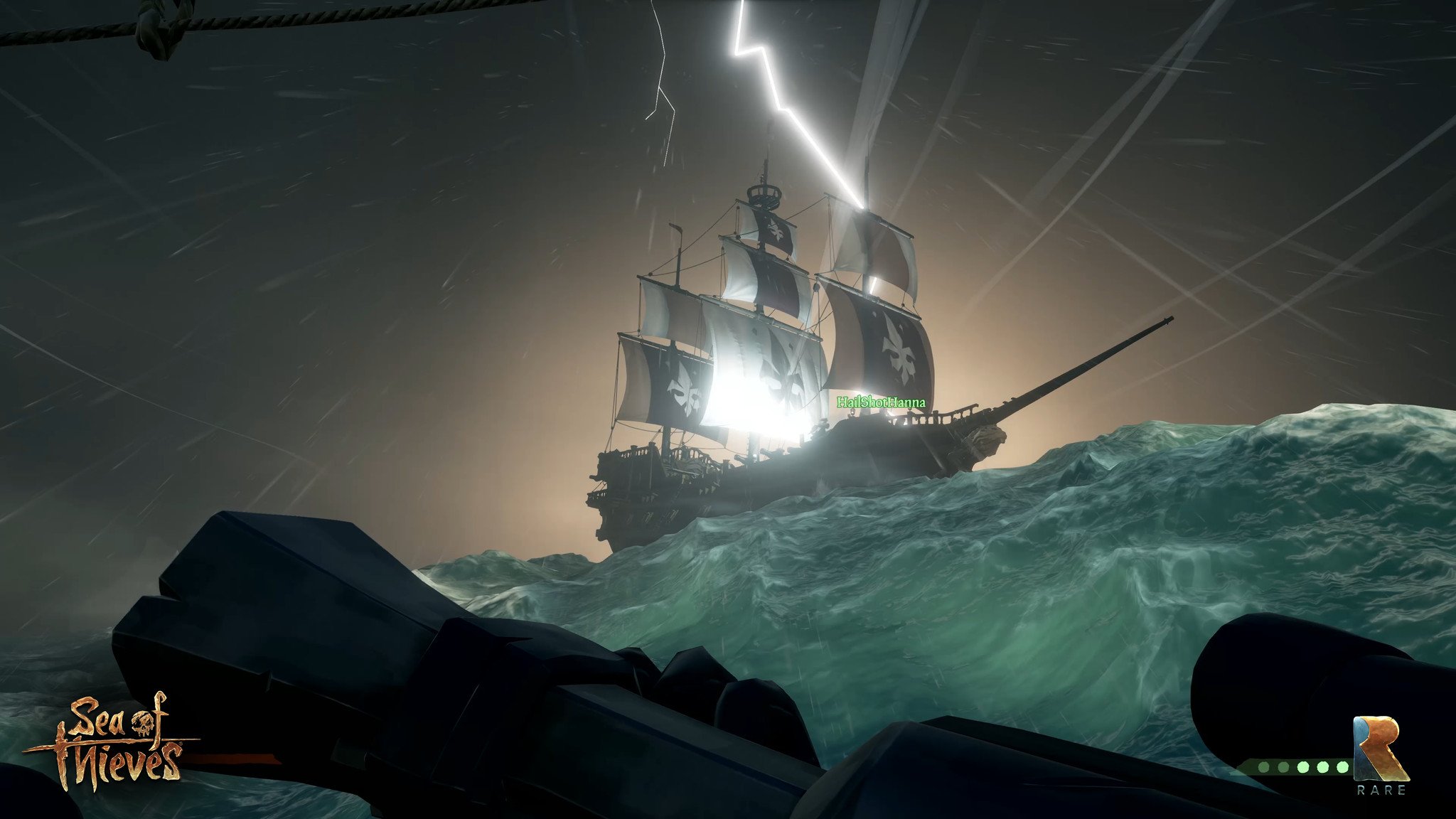
Sea of Thieves, Microsoft's upcoming pirate-themed adventure game is just around the corner for Xbox One and Windows 10. Embarking on deadly nautical adventures in search of coveted treasure, players can expect a complete pirate experience full of harsh seas, towering monsters and a helping of treasure.
During your travels, a fair share of time will be spent on your ship – the base of operations for any upcoming pirate. We've wrapped up a range of tips you should know, before setting out on your first ocean voyage.
New to Sea of Thieves? These beginner's tips are for you
Which ship should you choose?
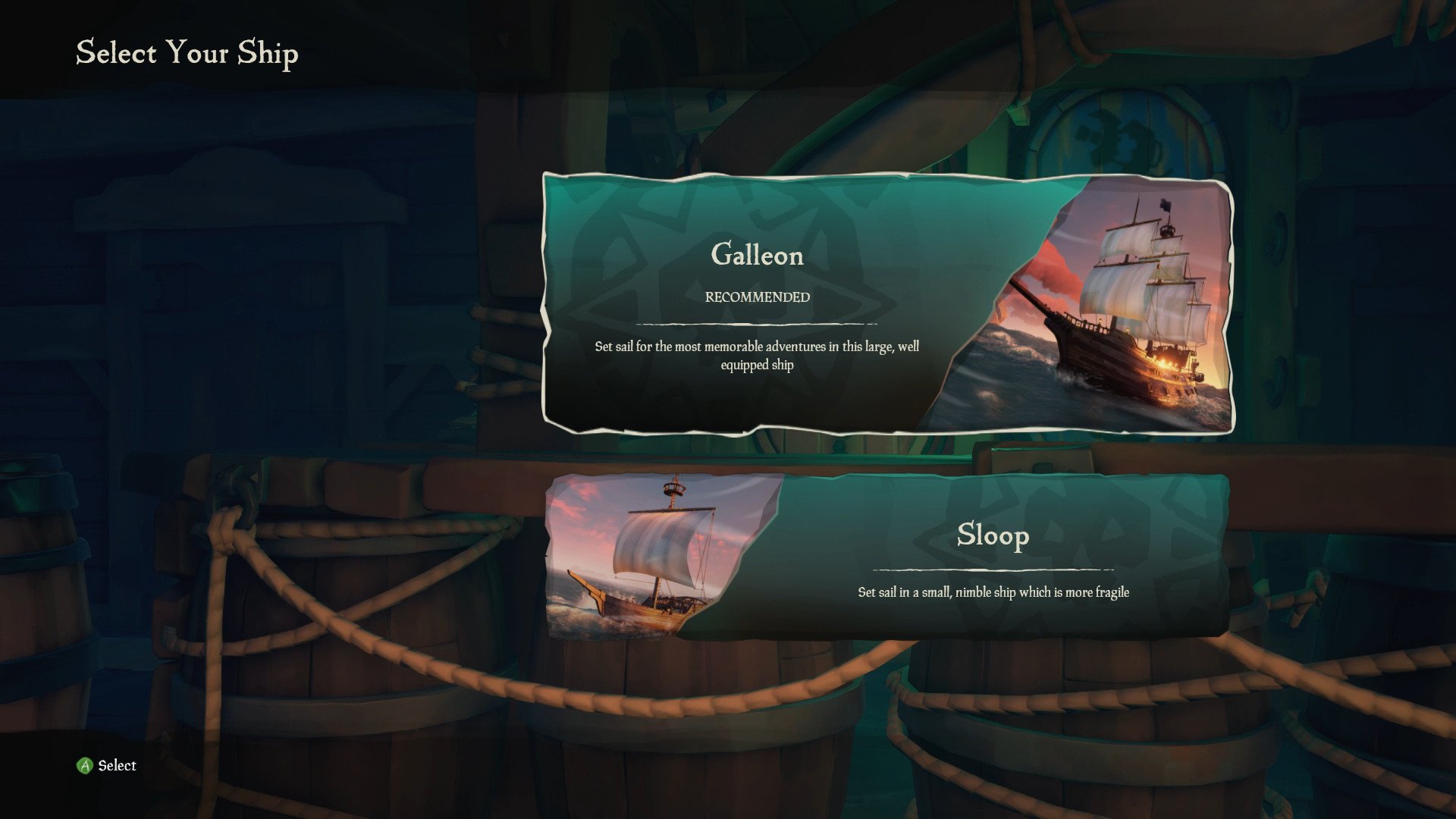
Before setting sail on the Sea of Thieves, you'll need to choose your ship. As of launch, the game offers two ship variants, each with strengths and weaknesses to consider. While the number of players in your party is the main bearing on which ship you'll use, their differences should be recognized before starting your journey.
Galleons
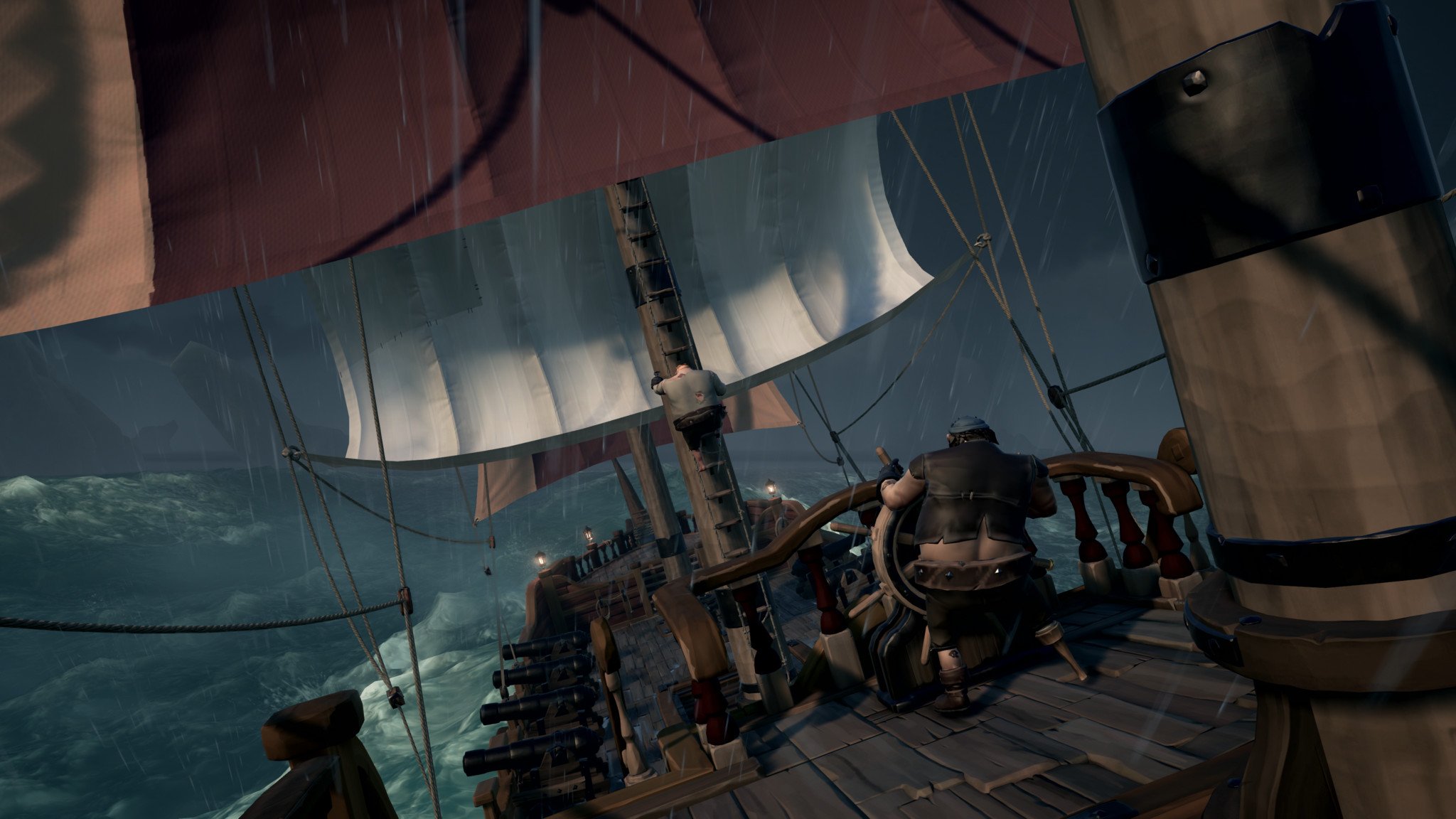
Galleons are the pinnacle of the Sea of Thieves experience, requiring a larger team and strong communication to handle effectively. As the motherships of the game's fleet, these are recommended for parties of three to four players. With high potential speeds and eight cannons of firepower, these vessels can rule the seas with the right crew.
Carrying three large sails, galleons can reach unrivaled top speeds that outpace smaller sloops. However, without the strong wind behind them, their weight can leave them almost grinding to a halt. The large nature of the galleon also leads to other shortcomings, including an increased turn radius, an inability to venture into shallow waters and being an easy target to hit.
Sloops
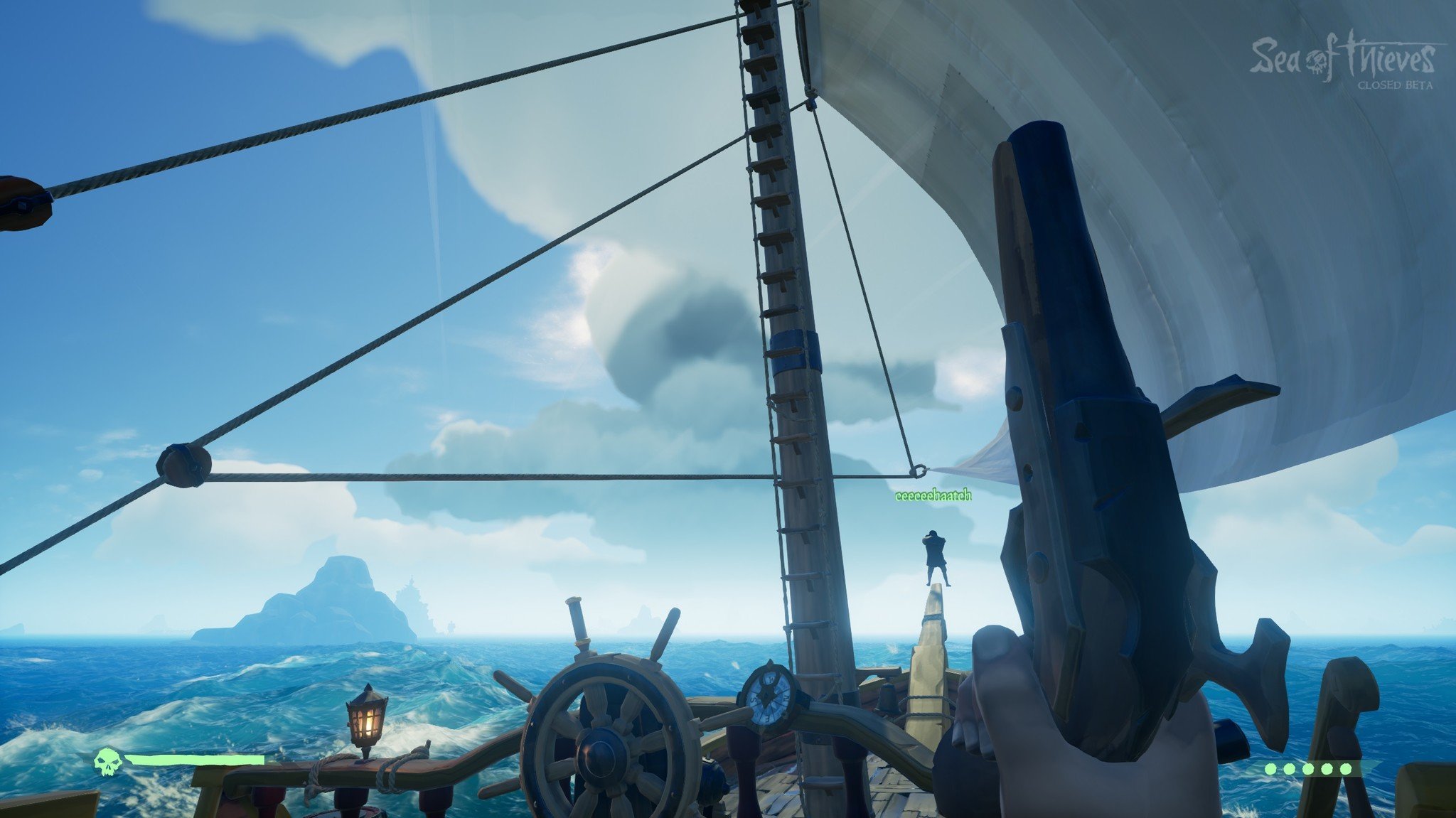
Sloops are ideal for smaller crews of two, or even tackling the world's perils on your own. They may not pack the horsepower of galleons, but in the right hands, offer a nimble way to cut through under the radar.
Get the Windows Central Newsletter
All the latest news, reviews, and guides for Windows and Xbox diehards.
Only one sail supports sloops, meaning that their highest potential speed falls behind galleons. But with a sleeker, lightweight frame, sloops can sail significantly faster against the wind than their full-sized counterparts. In general, sloops are better suited for outsmarting foes, rather than engaging directly in combat with their two cannons.
Moving your ship
Now that you've got a ship, you need to get around. We're talking sails and rudders and anchors, matey!
Sails and wind
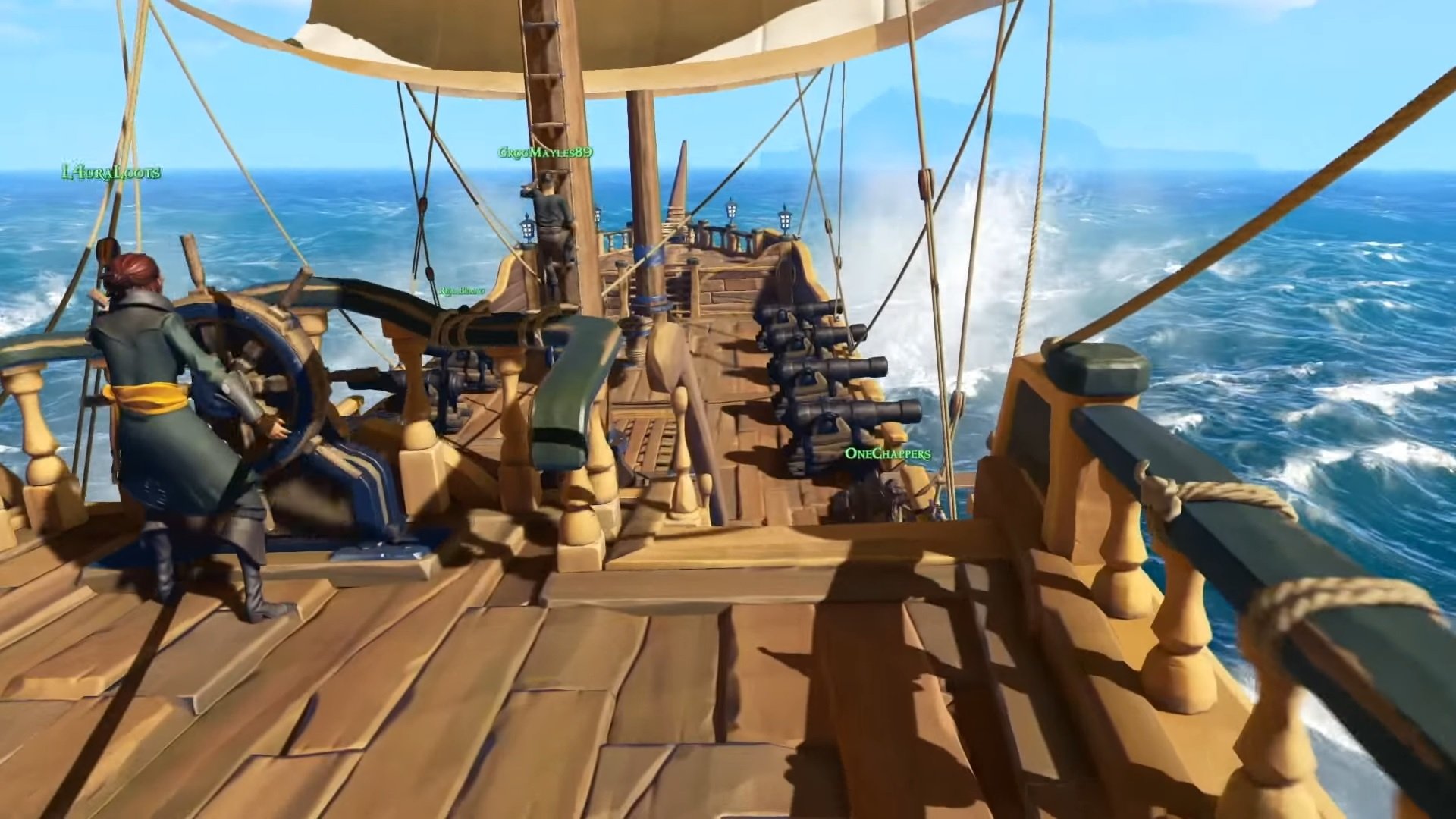
One of the principal mechanics of Sea of Thieves is wind – and provided you know how to use it, you're on your way to becoming a pirate legend. The direction of the wind dynamically changes in Sea of Thieves and should be considered before leaving the docks. When on your ship, this can be identified by looking at the wind "flow" visually represented in the sky.
Wind direction and how sails are accordingly positioned directly regulates your boat's speed on the water. In response to the wind patterns, your sails should be angled so the gust blows directly behind them. This will allow for the most wind to be pushing your boat, in turn moving your boat at the maximum speed. Conversely, sailing directly into the wind will move your boat at the minimum speed. In some situations, it may be impossible to angle your sails perfectly, in which case preventing wind from hitting sails head-on is recommended.
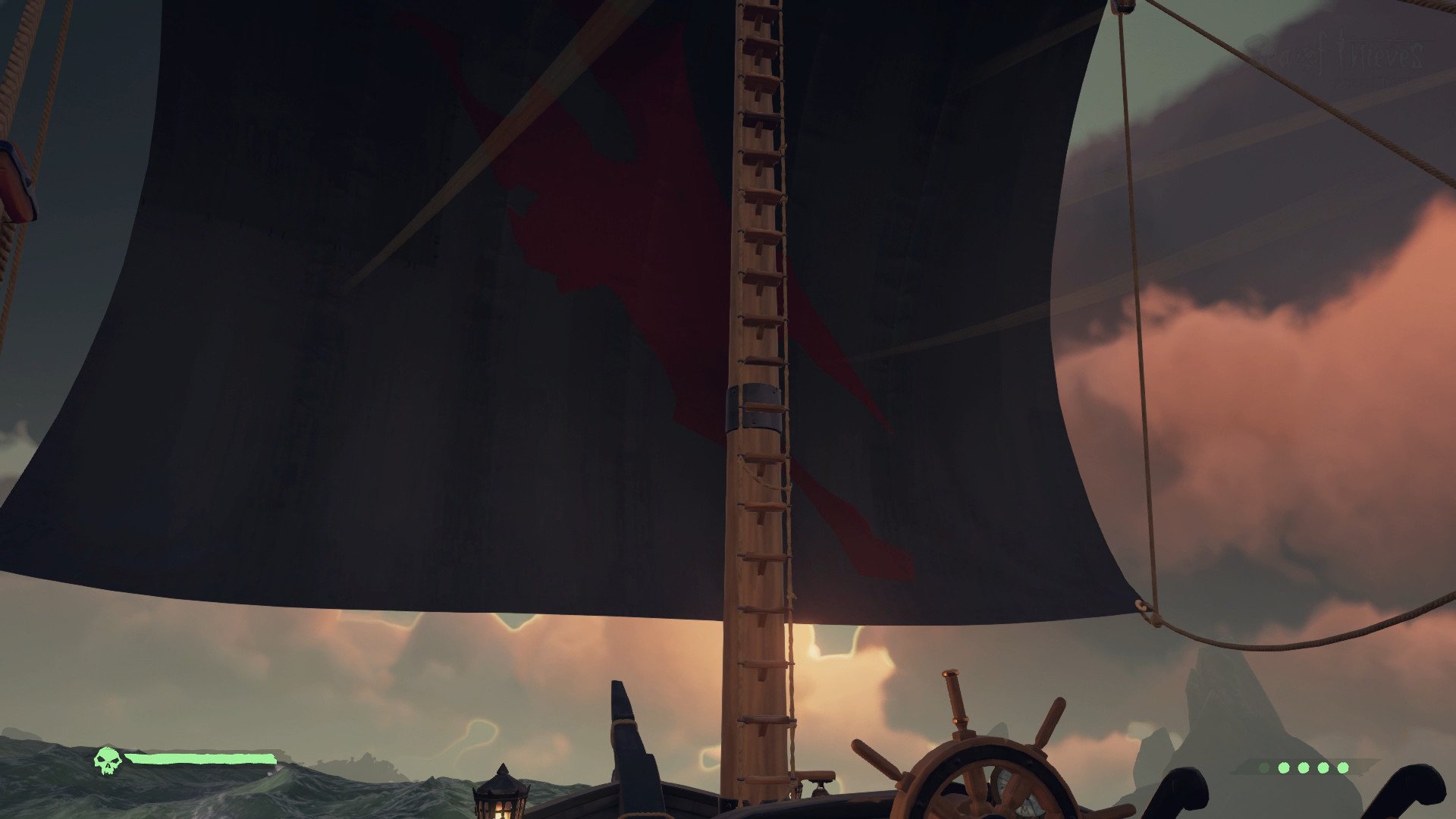
Alongside angling, crews also need to consider sail length. This indicates how high or low your sails are dropped, with lower sails offering the largest surface area to catch the wind. While having your sails lowered completely is preferred in most cases, raising them helps in confined waters.
When sailing a galleon, sail length and angles can be adjusted via ropes on the left-hand and right-hand sides of the ship's top deck. Each of the three sails has its own ropes, which control positioning on an individual basis. On the other hand, sloops are easier to handle, with two ropes for angling and length of the single sail on the rear upper deck of the ship.
Steering your ship
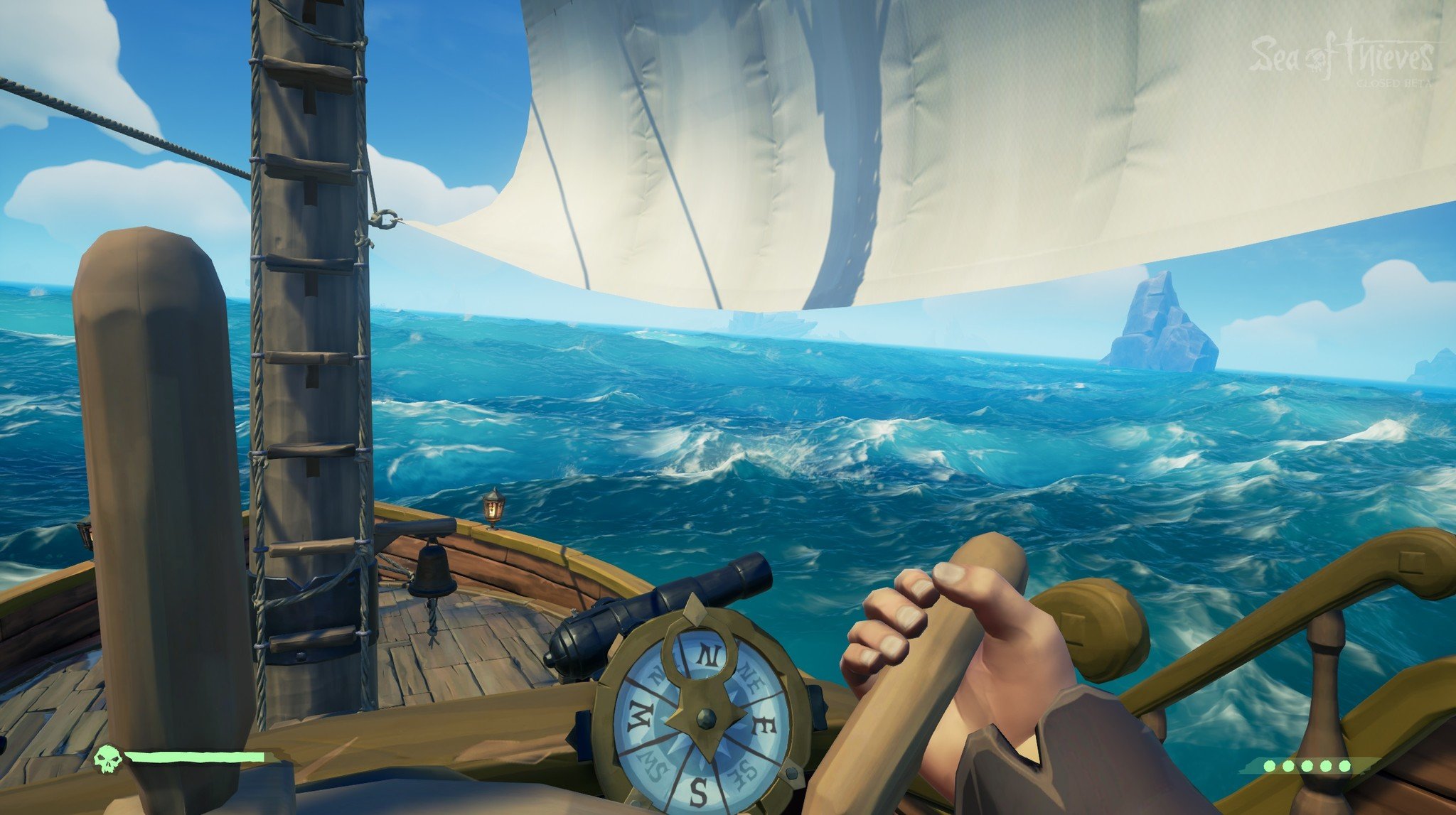
Controlling the trajectory of your ship in Sea of Thieves takes place exclusively behind the wheel. While on the move, turning the wheel to the left will move your ship in the same direction, while turning to the right does the equivalent.
Across both ships, the captain's wheel can turn four complete rotations. When centered, the wheel's single gold spoke will face upwards, with sharp left or right turns achieved by completing a two full rotations until the gold spoke points upward once again. Upon completing a full rotation, the wheel will lock in place and can only be turned back the other way.
When steering, a discreet indicator is provided to indicate the direction your wheel is currently positioned in. A "clunk" sound is made when turning past the wheel's central position, reducing the confusion over the wheel's current orientation.
Using the anchor
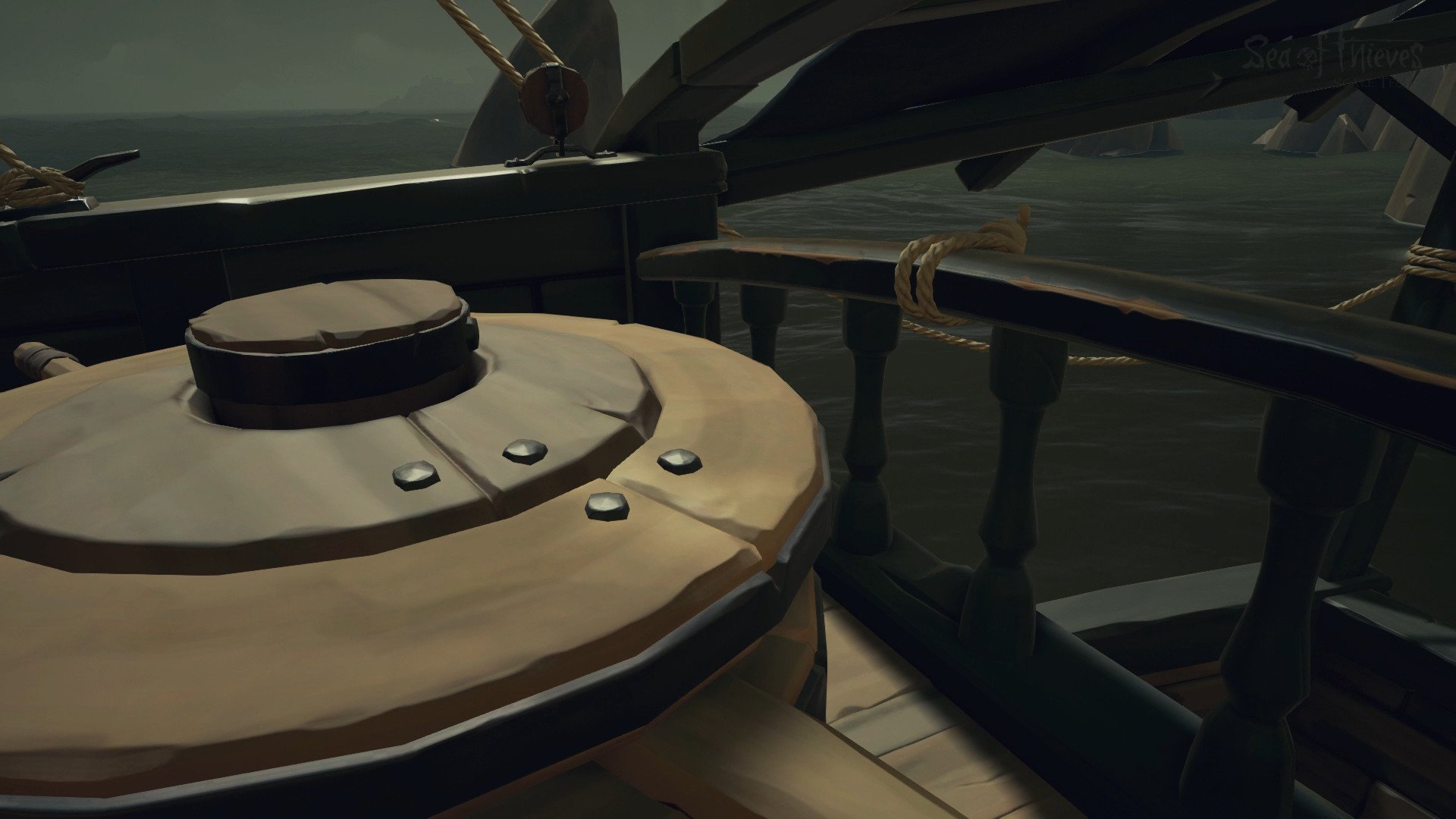
Finally, before setting out on your adventures, you'll need to raise the anchor. When the anchor is down, your ship will be unable to move, regardless of sail positioning. Similarly, if the anchor is dropped while the ship is in motion, the ship will quickly drag to a standstill. Depending on various factors, including speed and steering, you may turn sharply if the anchor is dropped while turning at speed.
Although raising the anchor can take some time, having multiple crew members on the anchor simultaneously speeds up the raising process.
Navigating the seas
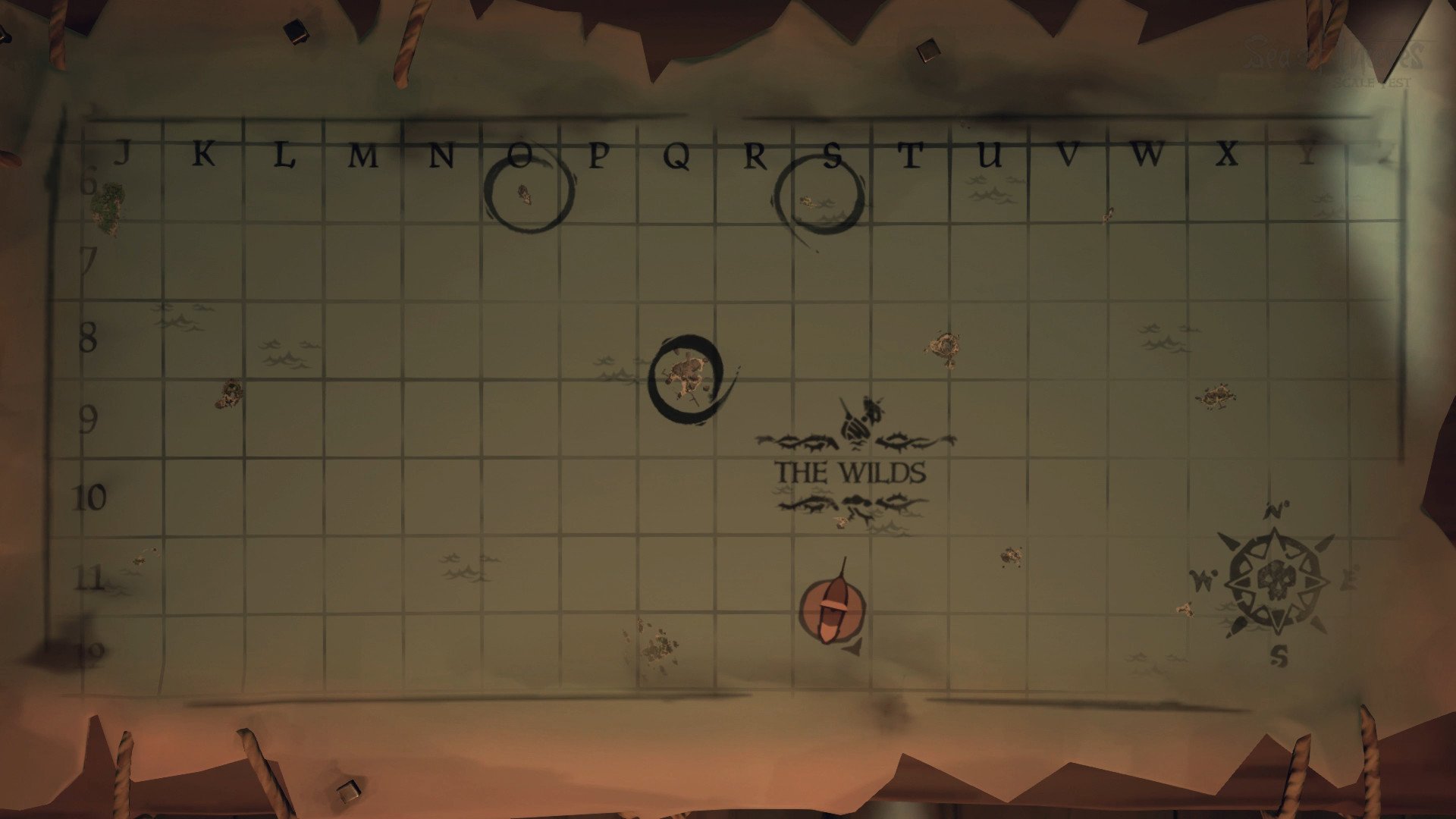
Once you're on the move, you'll want to plot your destination. The best tool for any journey is the map table, which can be used to calculate your position and find nearby islands. As the only way to see the whole world and your real-time location, most planning will take place at this table.
After deciding on a location, work out its direction in relation to your ship. Using your compass, align to the correct bearing and set off across the seas. Make sure to regularly check back at the map during the journey to ensure you're still on course. For easy future references, press "A" while viewing the table to set markers for your crew.
If on a galleon, the map bench can be found by descending to the middle deck. On sloops, the same bench is located at the rear of the ship on the lower deck, underneath the wheel.
Pushing into battle
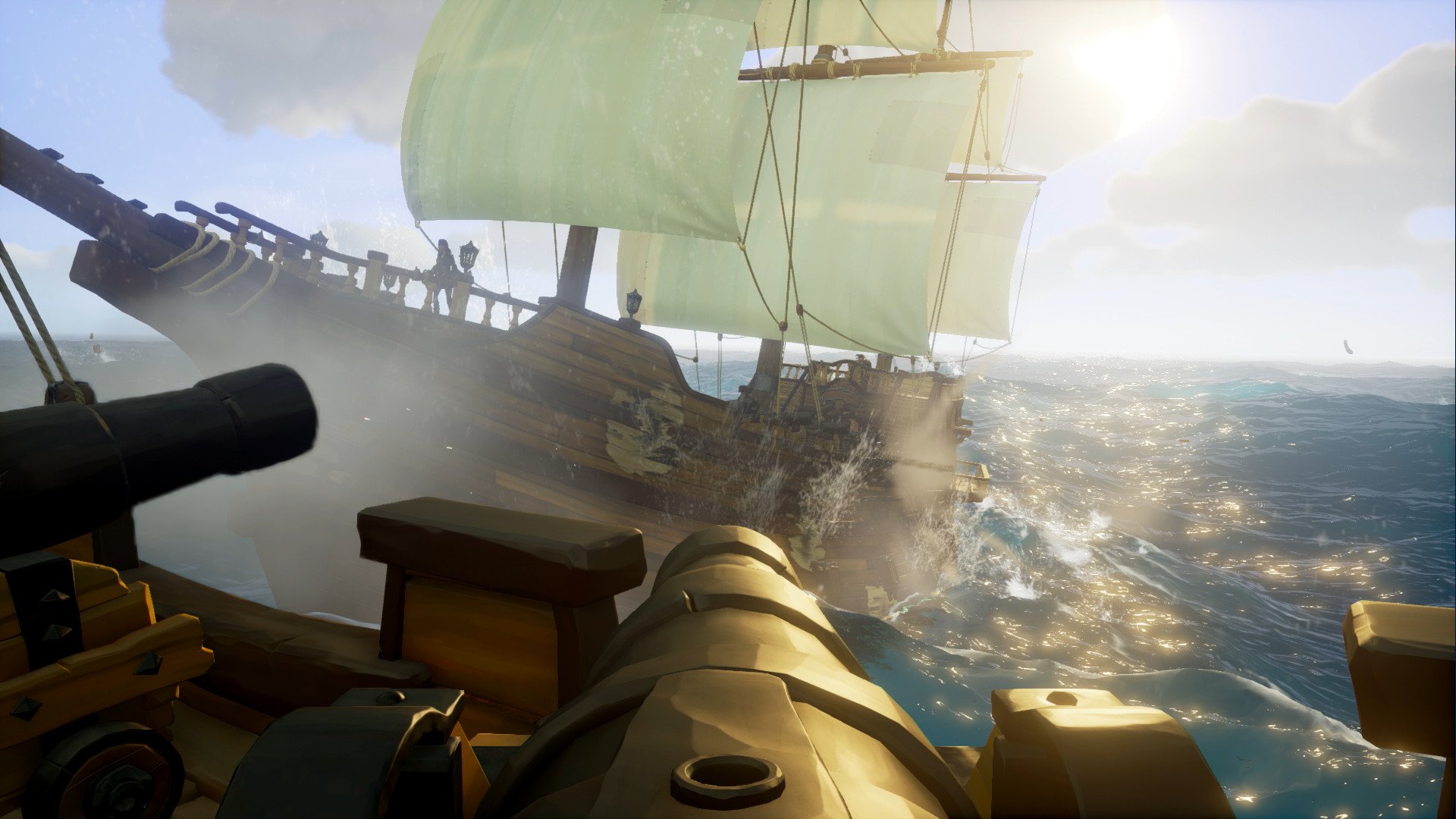
On the search for treasure, you're bound to encounter other players. When this happens, you're going to want to have the tools for the job – and know how to use them.
When on a ship, your main offensive tool will be your onboard cannons. On galleons, four cannons can be found on each side, while one is available on each side of the trusty sloop. Using these cannons, you'll want to lay fire on hostiles and sink them to the depths.
To fire cannons, players must manually load cannonballs from their personal inventory. A stash of cannonballs can be found on every new ship, while additional ammunition can be found at outposts and islands. These can be loaded by pressing "Y," either while using a cannon, or standing nearby with the cannonball equipped.
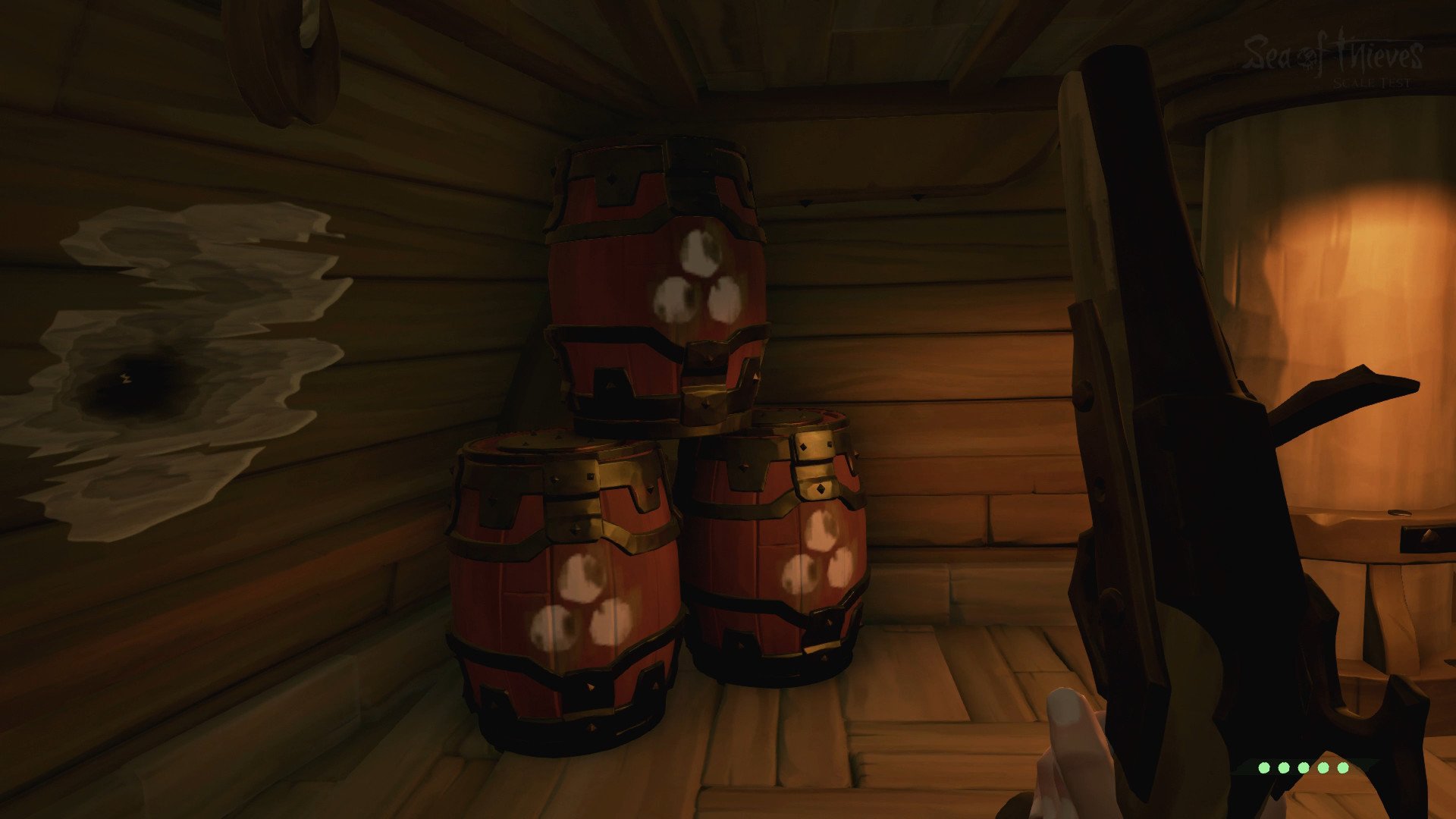
Cannonballs are treated like projectiles, meaning you'll need to account for your speed, distance, and various other traits to land a shot. When aiming, try to hit hostile ships below the waterline, to ensure water quickly floods into the lower deck.
While it may seem wise to attack from within the safety of your own ship, also don't be hesitant to push enemy vessels on foot. Cannonballs might do a great job at delivering heavy damage, but entering enemy territory is a high-risk, high-reward way to sneak up on foes.
Keeping your ship afloat
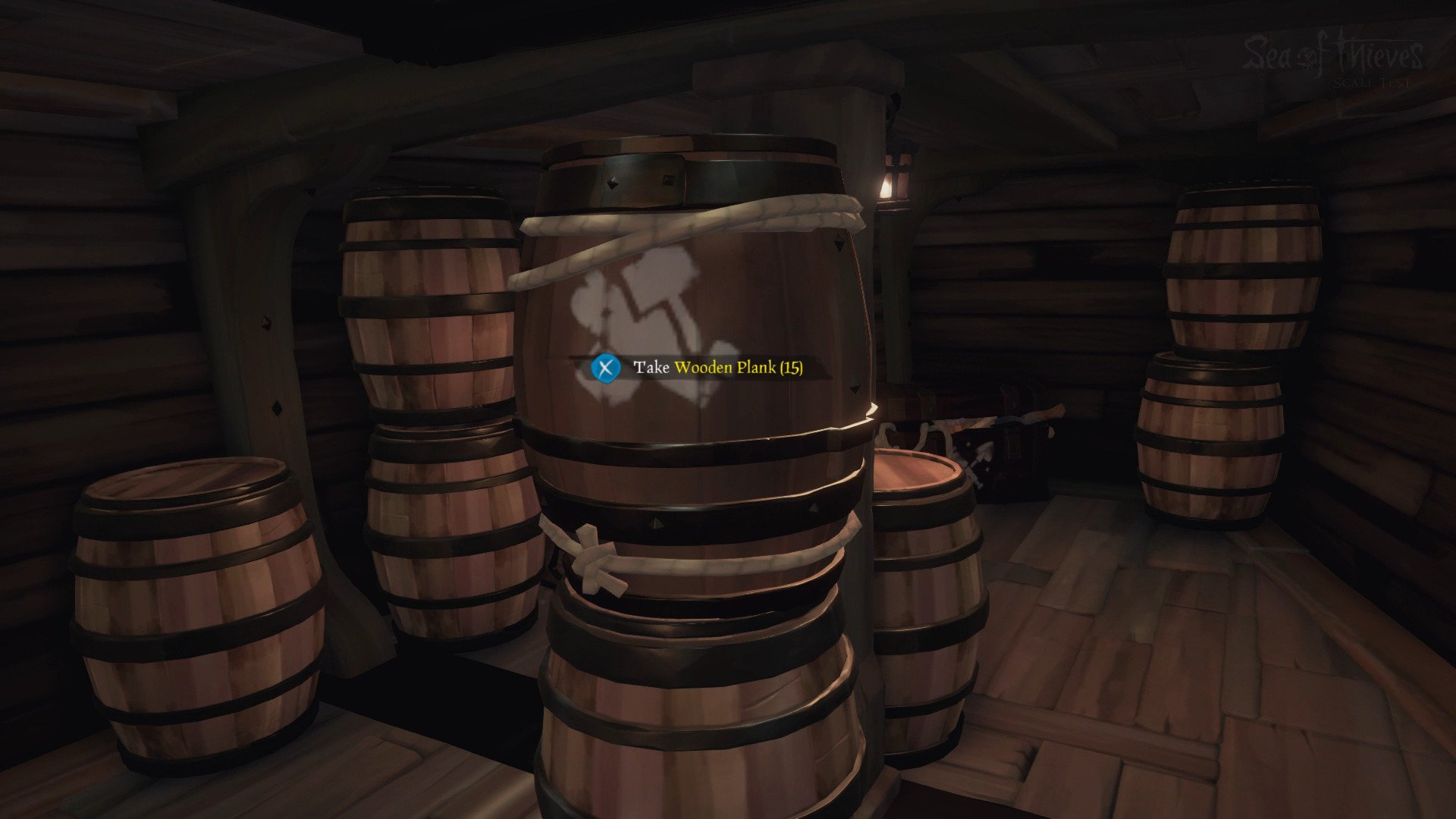
If your ship begins to take damage, you'll need to perform repairs to prevent the vessel from sinking. Whether through combat or collisions, taking damage has the chance of leaving holes, where water can drain in. When damage appears, water will begin collecting on the bottom deck and rise over time.
Once water starts collecting, you'll need to find the source of the leak. When taking hits, the hole doesn't necessarily appear where the damage took place, meaning you may need to search for the water source. Depending on the severity of the damage, multiple holes may also appear from a single blow.
To prevent water from draining in through holes, players will need to repair them using wooden planks. Wooden planks can be found in barrels on your ship, located on the middle deck of on both ships. By walking up to the hole and holding RT, your pirate will board it up and stop further water from entering.
Once the water level has stopped rising on your ship, switch to your bucket to remove any collected water. Scoop up and throw water overboard to deplete the level and continue on your journey.
Over to you
Do you have any tips to share with new pirates in Sea of Thieves? Make sure to take to the comment section and share your boating tactics.
- Sea of Thieves on Windows Central
- Sea of Thieves buyer's guide: Release date, editions, preorder bonuses and more
- How to complete your first Sea of Thieves voyage
- Sea of Thieves gameplay tips for new players and budding pirates
- Your Sea of Thieves items explained: Tools, weapons, consumables and more
- Sea of Thieves skins list: Clothing, weapons, and items
- How to get new weapons in Sea of Thieves
Matt Brown was formerly a Windows Central's Senior Editor, Xbox & PC, at Future. Following over seven years of professional consumer technology and gaming coverage, he’s focused on the world of Microsoft's gaming efforts. You can follow him on Twitter @mattjbrown.

